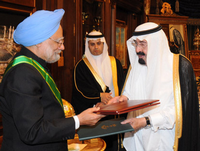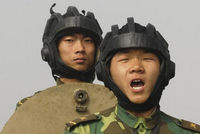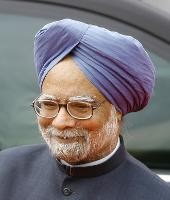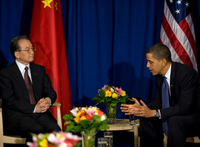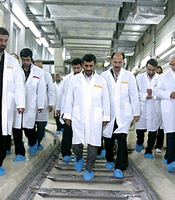
The recent conclusion of a new bilateral strategic arms treaty between the United States and Russia is important for both countries’ security. Yet seen through the prism of nuclear disarmament, it is but a baby step. More substantial progress toward the vision of a world free of nuclear weapons will only come to fruition if a key group of non-nuclear-weapon states help defuse tensions between the nuclear haves and the have-nots. The prime candidates for this job are the states often referred to as middle powers, including Ireland, New Zealand, Germany and Sweden. These nations have a history of activist […]

